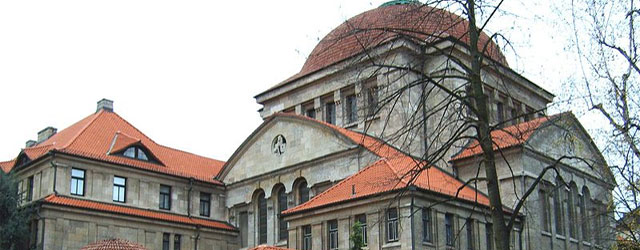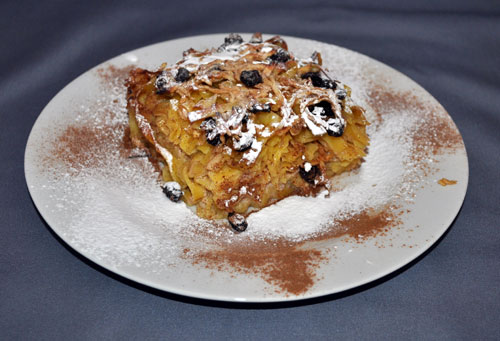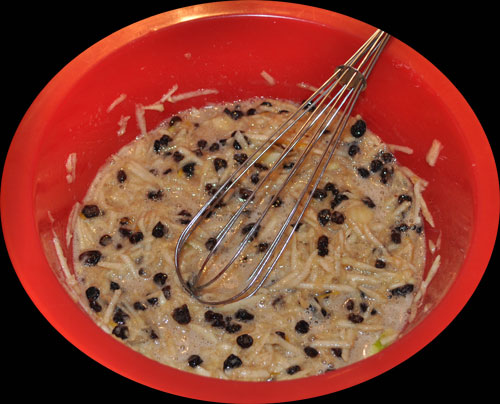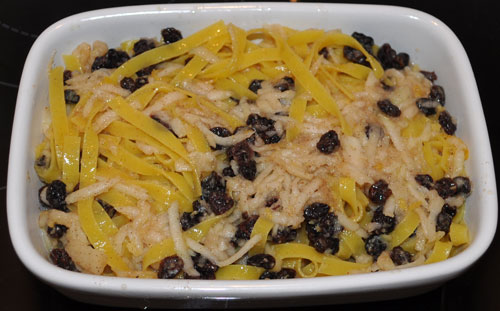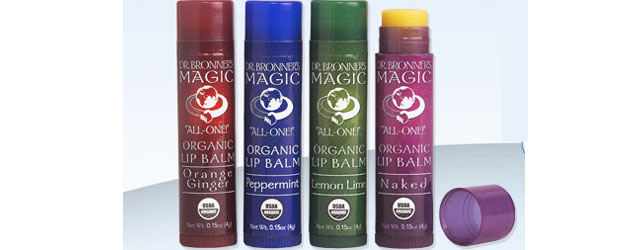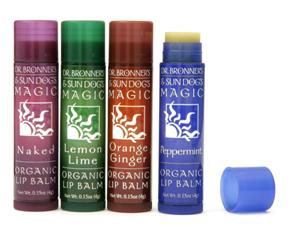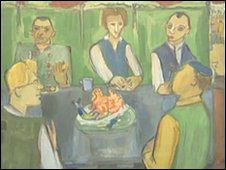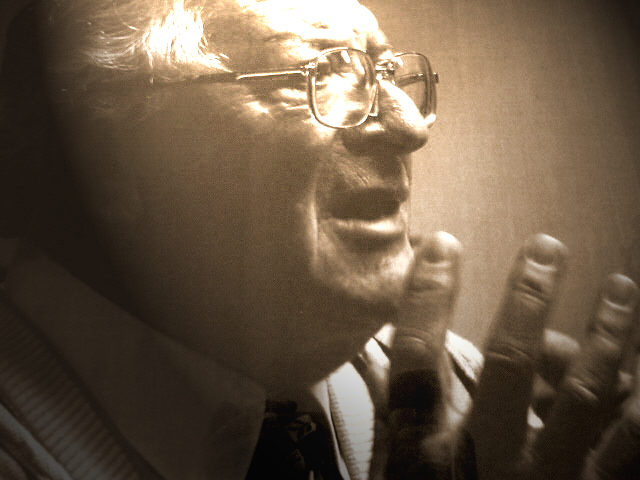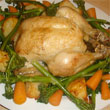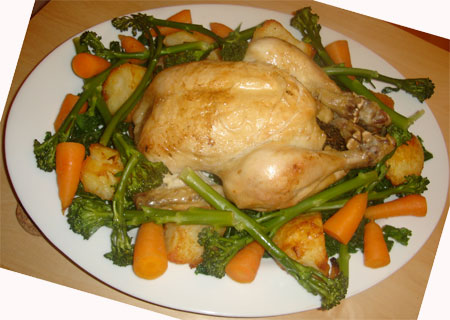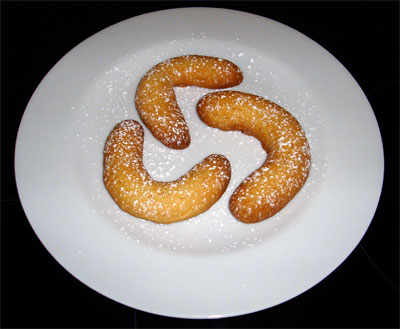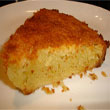The Westend Synagogue was one of only a very few Jewish places of worship in Germany to survive the Second World War. This year, the renowned religious venue is celebrating the 100th anniversary of its establishment. The impressive Jugendstil structure continues to serve not only as the religious centre of the city’s Jewish community, but also as a place of remembrance and commemoration.
The origins of Frankfurt’s Jewish population can be traced back as far as the 11th century. Their settlement, protected by imperial decree, was originally located near the later Frankfurt Cathedral. A Jewish ghetto was established outside of the city in 1464, inhabited by up to 2,200 persons. In 1797, French artillery bombarded the ghetto, razing it to the ground. Only in 1864 did Frankfurt’s Jewish community achieve equality of treatment and full civil rights.
From this time on until the rise of fascism, Frankfurt’s Jewry enjoyed their most prosperous era. Numerous charitable foundations were established thanks to the social engagement of Frankfurt Jews. Many of the founders of Frankfurt’s Goethe University were of Jewish faith, the university also being the first in Germany to appoint Jewish professors.
Prior to 1933, Frankfurt’s Jewish community counted some 28,000 members, making it at that time the second largest in Germany after Berlin. Ludwig Börne, Max Beckmann, the Rothschilds, the Oppenheimers, Anne Frank, Paul Ehrlich, Theodor Adorno are all highly significant names in the long history of Frankfurt. Over the centuries, Frankfurt’s Jewish inhabitants have helped to shape the city into what it is today, while also playing an important part in Frankfurt’s social life. Today, Frankfurt’s Jewish community continues to be the second largest in all of Germany, with over 7,000 members.
A number of interesting sightseeing attractions highlighting Jewish life remains in Frankfurt am Main:
- The Jewish Museum at the Lower Main Quay (Untermainkai) offers a highly interesting look at the turbulent history of Frankfurt’s Jewish community. At home in the monument-listed, classicistic Rothschild Palace on the banks of the River Main, the museum’s permanent exhibition informs not only on Jewish history, but also on religious practices at home and in the synagogue, on life as a Jewish individual and as a community, at work and on religious holidays. A variety of changing exhibitions, many featuring accompanying fringe programmes, lectures and special events round off the offer spectrum of the Jewish Museum.
- During the construction of the new municipal works building at Börneplatz in 1987, workers uncovered the historic remains of several Jewish houses, ritual baths and wells. The workers had in fact come across the southern end of the Jewish ghetto’s “Judengasse”, or Jewish Alley. Significant portions of the findings were saved, thereby helping to preserve some 800 years of Jewish history. The discovered site was integrated into the main administrative building of Frankfurt’s municipal works department and today forms Museum Judengasse. Börne Gallery, part of Museum Judengasse, presents changing art and culture exhibitions of smaller scale, focusing on diverse topics of the Jewish past and present. There is also a special database here, which contains the names and biographies of the deported and murdered Jewry of Frankfurt, in supplementation of the memorial at Neuer Börneplatz.
- At the Anne Frank Youth Centre, a permanent multimedia exhibition, entitled “Anne Frank. A Girl from Germany”, offers an interactive look at diverse “layers of history”. Here, the personal environment of Anne Frank is embedded amidst historical settings and supplemented by references to contemporary times. Anne Frank’s world-famous diary is at the centre of the exhibition, with various quotes guiding visitors through topics such as persecution, going underground, war, the holocaust and Anne’s own questions, such as “Who am I?”, “What is happening to me?” and “What’s important to me?”.
- Various Jewish cemeteries pay a final tribute to well-known Frankfurt individuals of Jewish faith. These include, among others, the Old Jewish Cemetery (Alter Jüdischer Friedhof) and the Jewish Cemetery on Rat-Beil-Straße, where between 1828 and 1929 the vast majority of Jewish personalities of the past two centuries were laid to rest. In 1928, a further Jewish cemetery was founded on Eckenheimer Landstrasse, north of the Hauptfriedhof, the city’s main cemetery. This cemetery continues to be used today. It is open on Saturdays and all Jewish holidays.
- Of the four main Frankfurt synagogues, only the Westend Synagogue escaped the carnage of World War II. It is still in use today. Frankfurt’s main synagogue (Hauptsynagoge), located at Börneplatz, was burned to the ground in 1938 on what is commonly known as “Reichkristallnacht”, or “The Night of Broken Glass”. Max Beckmann, the renowned artist, eternalised the synagogue in one of his most famous works, which today is on display at the Städel Museum at Frankfurt’s museum embankment.
- The synagogue at Friedberger Anlage also fell prey to the Pogrom Night of 09th November 1938. In its place, the National Socialists erected an air-raid bunker. Today, the former shelter houses an exhibition entitled “The East End – Insights into a Jewish Quarter.” It tells many interesting stories of Jewish life in pre-1933 Frankfurt.
- The Memorial at Neuer Börneplatz is without doubt one of the most impressive places of remembrance of Jewish persecution in Frankfurt. The memorial’s most imposing feature is the over 11,000 stone blocks, integrated into the cemetery wall and depicting the names of all the deported and murdered Jews of Frankfurt.
- The “Jewish Community of Frankfurt am Main” was officially reformed in July of 1945. Today, it has its seat at the Ignatz Bubis Community Centre in Savignystrasse. The centre also includes two kindergartens, Isaak Emil Lichtigfeld Primary School, a youth centre, a community welfare department, a senior citizen’s club and a kosher restaurant, “Sohar’s”. An annual Jewish cultural festival, very popular amongst both Jewish and non-Jewish denizens of Frankfurt, has been held at the community centre since 1982. Together with the Jewish Museum, the Fritz Bauer Institute (Study and Documentation Centre on the History and Impact of the Holocaust) of Goethe University and the comprehensive Judaica Collection at the University Library, the Jewish Community of Frankfurt am Main have taken great strides in maintaining and expanding Jewish life and culture in the Main metropolis.
Guided city tours focusing on the subject of Jewish Frankfurt may be booked via the Frankfurt Tourist+Congress Board. For further information visit www.frankfurt-tourismus.de

